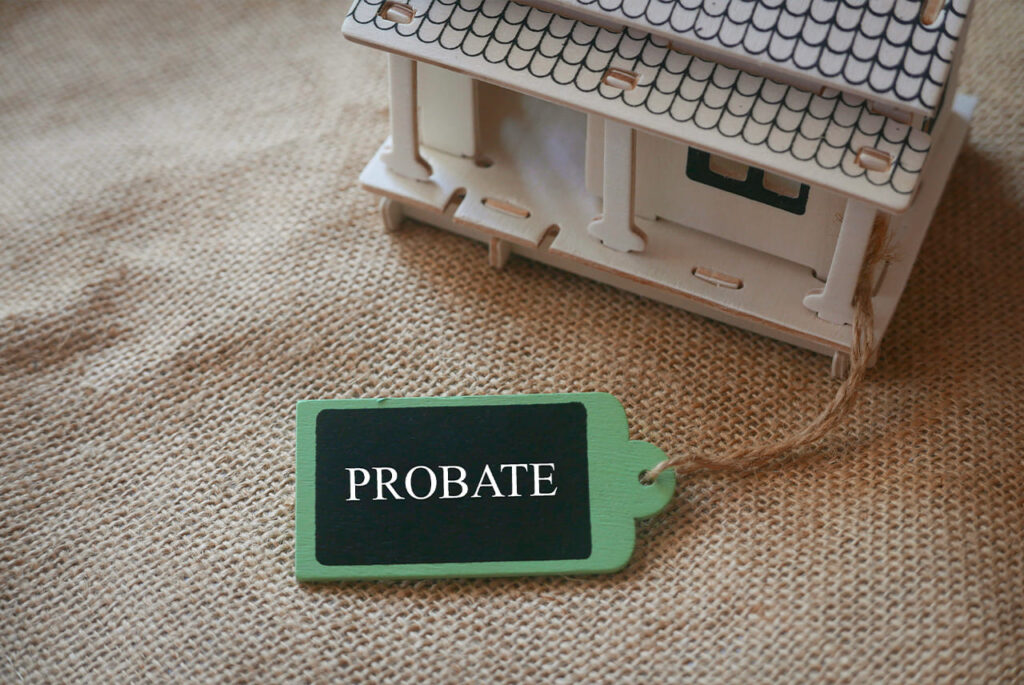Charitable Remainder Unitrusts (CRUTs) are powerful estate planning tools that offer individuals the opportunity to support charitable causes while also providing for themselves or their loved ones. In this blog, we explore the intricacies of CRUTs, how they work, and when it makes sense to incorporate them into your estate plan.

Understanding CRUTs: How They Work
CRUTs are irrevocable trusts established by individuals, known as donors or grantors, to benefit both charitable organizations and non-charitable beneficiaries, such as themselves, their family members, or other individuals.
Here’s how CRUTs work:
1. Donor Establishes the Trust: The donor transfers assets, such as cash, securities, or real estate, to the CRUT, which becomes irrevocable upon creation.
2. Income Payments to Beneficiaries: The CRUT pays income distributions to non-charitable beneficiaries, typically for the lifetime of the donor or a specified term.
3. Unitrust Payment Percentage: The income distributions from the CRUT are calculated based on a fixed percentage of the trust’s net fair market value, revalued annually.
4. Charitable Remainder: Upon the termination of the CRUT, either upon the death of the last non-charitable beneficiary or the expiration of the specified term, the remaining assets in the trust are distributed to one or more charitable organizations designated by the donor.
5. Tax Benefits: Donors may receive income tax deductions for the present value of the charitable remainder interest, subject to certain limitations. Additionally, CRUTs offer potential capital gains tax savings, as appreciated assets transferred to the trust are not subject to immediate taxation.
When Does It Make Sense to Create a CRUT?
CRUTs are well-suited for individuals who meet certain criteria and have specific estate planning goals:
1. Desire to Support Charitable Causes: Individuals who have a philanthropic spirit and wish to support charitable organizations while also providing for themselves or their loved ones may find CRUTs appealing.
2. Income Needs: CRUTs can provide a reliable income stream for donors or their beneficiaries, particularly in retirement or during periods of financial need.
3. Asset Appreciation: Donors who own highly appreciated assets, such as stocks, real estate, or artwork, may benefit from transferring these assets to a CRUT to achieve potential capital gains tax savings.
4. Estate Tax Planning: CRUTs offer opportunities for estate tax planning by removing assets from the donor’s taxable estate and providing potential estate tax deductions for the present value of the charitable remainder interest.
5. Flexibility and Control: CRUTs offer flexibility in structuring income distributions and choosing charitable beneficiaries, allowing donors to tailor the trust to their specific needs and objectives.
Maximizing Impact and Financial Planning with CRUTs
Charitable Remainder Unitrusts (CRUTs) offer a unique blend of philanthropy and financial planning, allowing individuals to support charitable causes while also providing for themselves or their loved ones. By leveraging the benefits of CRUTs, donors can achieve their estate planning goals, minimize tax liabilities, and leave a lasting legacy of charitable giving. However, due to the complexity of CRUTs and their potential long-term implications, consulting with an experienced estate planning attorney or financial advisor is essential to ensure that this strategy aligns with your objectives and financial circumstances. With our professional guidance, CRUTs can serve as a powerful tool in maximizing impact and securing your financial future.


